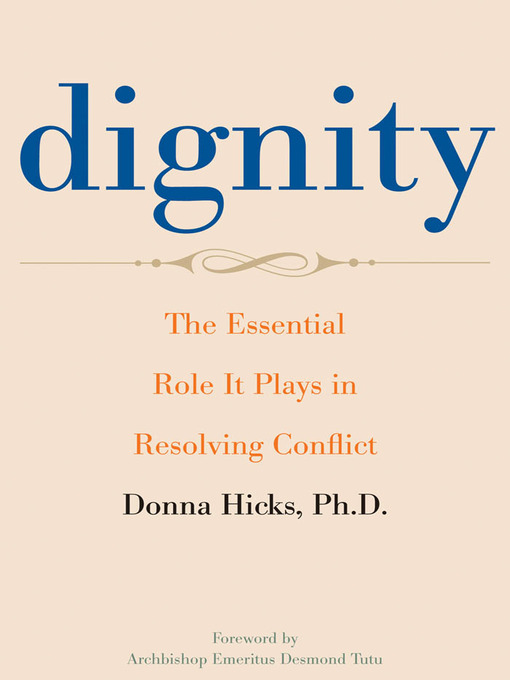
Dignity
The Essential Role It Plays in Resolving Conflict
کتاب های مرتبط
- اطلاعات
- نقد و بررسی
- دیدگاه کاربران
نقد و بررسی

September 5, 2011
In this well-organized, thoughtful book, Hicks presents a fascinating look at dignityâa birthright and the baseline for positive human interaction. Having spent more than two decades working with warring leaders to mend ravaged relationships, Hicks had plenty of time to put "The Dignity Model" to test. Hicks begins with 10 essential elements of dignity, touching on everything from inclusion, to safety, to acknowledgement. She cites Nelson Mandela and Desmond Tutu as examples of leaders who give others the benefit of the doubt naturally. Hicks then outlines 10 temptations to violate dignity, using two recent public scandals (John Edwards and Mark Sanford) to illustrate the human inclination to "save face." The book concludes with advice on healing relationships with dignity. With its accessible tone, pithy observations and lessons, and Hicks's argument that the "quest for dignity is as common in the boardroom as in the bedroom," this book is a must-read for all.

Starred review from November 22, 2010
Photographer Gluckstein offers more than 90 portraits of indigenous peoples from some of the world's most impoverished and oppressed populations, managing in each frame, a rare balance of formal composition and breathtaking intimacy. Her black and white photographs of men, women, and children—from Kenya, Mexico, Fiji, Botswana, Bhutan, Canada—are striking, textured masterpieces of mood that pay a powerful homage to imperiled cultures. Intended to raise awareness about the 2007 United Nations Declaration on the Rights of Indigenous People—with provisions to maintain the survival of indigenous peoples, signed by 144 countries (and notably and controversially unsigned by the U.S. and Australia, which both boast large populations of historically oppressed native populations)—the book transcends its purpose. These photos are first and foremost of individuals—a Masai elder, a Bushman healer, a sinuous Balinese dancer—variously proud or defeated, defiant or coy, instantly recognizable, and signaling our collective interdependence and fragility.

























دیدگاه کاربران